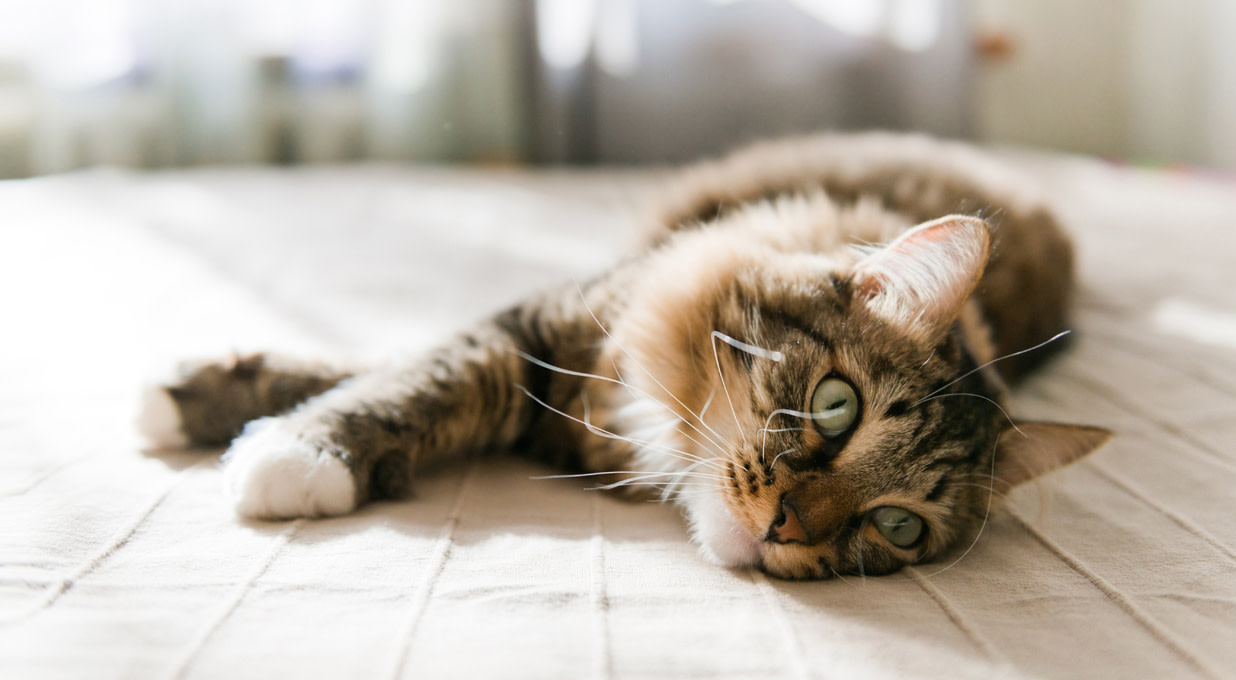Pets at Home’s full-year underlying pre-tax profit was in-line with downgraded expectations of £132mn, which was down 3.2% on the previous year. The performance reflected weaker profitability in the retail business, because of distribution disruption and higher sales of lower-margin products. This offset overall group revenue growth of 6.9% to £1.9bn, including strong growth from the vet business.
There was a 1.6% increase in the number of active ‘Pets Club’ members, to 7.8mn.
Including lease liabilities, the group ended the year with net debt of £369.2mn. Free cash flow was 29.7% lower at £69mn.
A buyback of £25mn has been announced. The full-year dividend of 12.8p is in-line with last year, including a final dividend of 8.3p.
The outlook for the new financial year is unchanged, including underlying pre-tax profit of around £144mn.
The shares were unchanged following the announcement.
Our view
The market was non-plussed about Pets at Home’s full-year results. But there will be relief that the group hit its downgraded targets.
Profitability’s being held back by lower sales of more lucrative items. Pet owners are focussed on buying the essentials like food, while higher-margin accessories are being kept out of trollies. There’s also been distribution disruption, the worst of which should be over now. The bulk of concern stems from wider economic conditions, over which Pets at Home has limited control.
But underneath the hood, we’re supportive of the group’s overall position.
We think the business remains more resilient than the average retailer. And whilst there can be no promises, PETS is confident of respectable profit growth in the new financial year.
A certain level of demand is guaranteed, no matter what the economic climate. Our dogs and cats still need food, and this is one of the last areas people will skimp on when times get tough. Pets at Home's market-leading position hasn't come by accident and is testament to the strong work that's been done on product availability and pricing proposition.
The group has an enviable hoard of customer data too, with close to 8mn 'VIP' members, and increasing Puppy and Kitten Club membership. These will help Pets hone their proposition, driving higher sales. But crucially, they're also boosting the number of customers who buy both a product and a service from the group - a leap which massively increases the average annual spend of these customers and should make them stickier.
UK pet ownership continues to look robust. Our new ways of life have culminated in the trend having more room to run than initially thought. That will have a positive effect on demand for a while to come.
The wider vet business is also an attractive revenue diversifier, but is relatively mature. Finding further growth is likely going to mean Pets at Home needs to open its own wallet once again.
In the shorter term there are some challenges. Supercharged profits won't happen while customers are tightening their belts. The group's own costs are rising too.
Pets has invested heavily in its online offering and continues to ramp up its digital capacity. The new infrastructure will need to be matched by a long-term sustained increase in demand to drive profits too, but progress is promising.
We have an eye on the competition watchdog's probe of the veterinary sector, which has weighed on sentiment. This is factored into the company's valuation, which is currently some way below the long-run average. This could offer an opportunity over the long-term but there are no guarantees.
Pets at Home key facts
All ratios are sourced from Refinitiv, based on previous day’s closing values. Please remember yields are variable and not a reliable indicator of future income. Keep in mind key figures shouldn’t be looked at on their own – it’s important to understand the big picture.
This article is not advice or a recommendation to buy, sell or hold any investment.No view is given on the present or future value or price of any investment, and investors should form their own view on any proposed investment.This article has not been prepared in accordance with legal requirements designed to promote the independence of investment research and is considered a marketing communication.Non - independent research is not subject to FCA rules prohibiting dealing ahead of research, however HL has put controls in place(including dealing restrictions, physical and information barriers) to manage potential conflicts of interest presented by such dealing.Please see our full non - independent research disclosure for more information.


